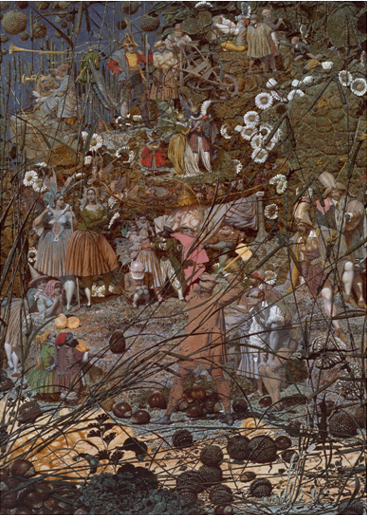Romantics Display at Tate Britain.
This summer’s new displays at Tate Britain were not greeted with much fanfare on their recent unveiling, but they quietly announce a significant shift in the institution’s approach to its permanent collection. For several years now, the museum’s policy has been to rotate the works on display in its principal galleries, to such an extent that even some of its most famous paintings and sculptures – Hockney’s A Bigger Splash, Millais’s Ophelia – might at any given moment be consigned to the stores. Only the most British celebrated artist of all, J.M.W. Turner, has until now been more or less immune to that process. Although his works were regularly rotated and occasionally juxtaposed with those by other artists, his presence at the very heart of the traditions of British art seemed to be guaranteed by the mere existence of the Tate’s Clore Wing, a building completed in 1987 with the express function of housing the artist’s huge bequest to the nation – some 20,000 works of art, including his watercolours. The Clore Wing was conceived as a museum within the museum: a Tate Turner within Tate Britain, so to speak, ensuring that any visitor at any time would find there a sufficent cross-section of work to appreciate the full range of his art.
But now that is no longer the case. In the most sweeping reorientation of Tate Britain’s collections since the creation of Tate Modern, the Clore Galleries have now been recast as a space for the general display of Romantic painting. What was previously in essence a permanent one-man exhibition devoted to the work of Turner has been transformed into a general survey consisting of “nine thematic rooms exploring the origins, inspirations and legacies of British Romantic art”. The end result does not...


